It’s the sound of the oven door creaking open. The scent of sage and thyme drifting through the house. The unmistakable golden-brown shimmer under foil tenting. And then: the gasp, the applause, the carving. The roast turkey isn’t just a dish it’s the drumbeat of Thanksgiving, the centerpiece that anchors the holiday like no other.
It’s the sound of the oven door creaking open. The scent of sage and thyme drifting through the house. The unmistakable golden-brown shimmer under foil tenting. And then: the gasp, the applause, the carving. The roast turkey isn’t just a dish it’s the drumbeat of Thanksgiving, the centerpiece that anchors the holiday like no other. In the world of Thanksgiving, the roast turkey is king. But how did this bird become such an icon of American tradition? And why do we still treasure it, even in an age of Instant Pots, vegan stuffing, and TikTok recipes? Let’s open the oven door and step into the warm, delicious story of the Thanksgiving turkey.
Though historians debate whether turkey was actually served at the so-called “First Thanksgiving” in 1621, we do know this: wild turkeys were native to the Americas and were a common food source for both Native Americans and early colonists. These wild birds, far leaner and scrappier than today’s Butterballs, were hunted in the forests of New England. To the settlers, they were practical game large enough to feed a family, plentiful enough to hunt in late fall, and hearty enough to symbolize survival in a harsh new world. Benjamin Franklin famously admired the turkey, calling it “a more respectable bird” than the bald eagle and suggesting it become the national bird of the United States. (Spoiler alert: it didn’t.) But his words planted a seed of reverence for the bird that would eventually evolve into a national obsession.
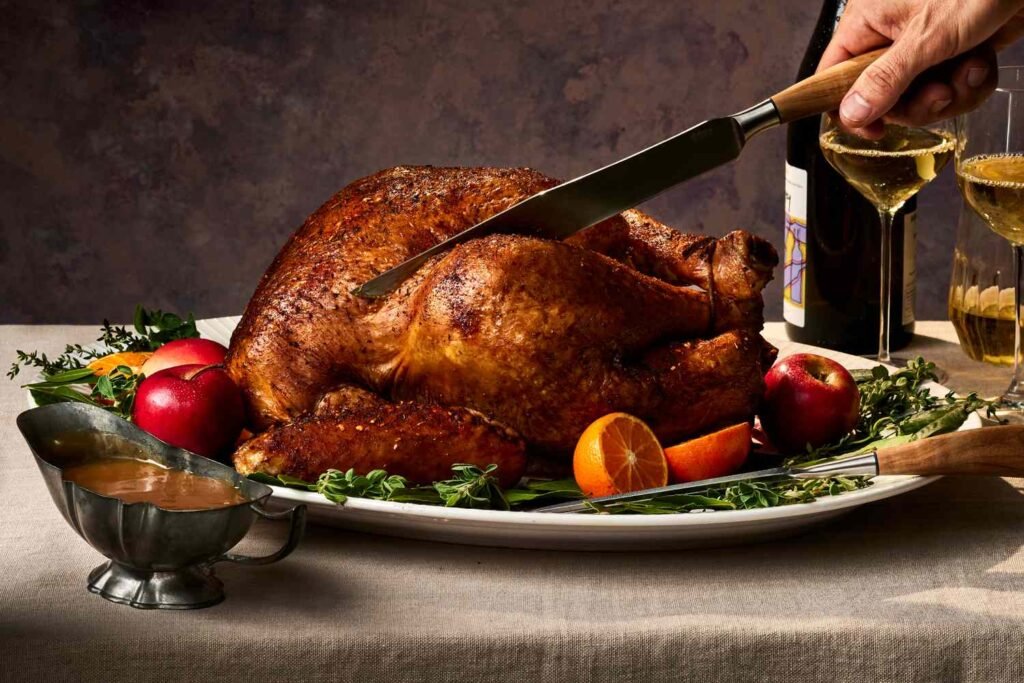
As Thanksgiving grew into a national holiday in the 19th century thanks in part to Abraham Lincoln and advocate Sarah Josepha Hale the turkey began to dominate the table. Why? Simply put: it’s big enough to feed a crowd. Turkeys are naturally large and generous birds, making them ideal for family gatherings. Over time, roasting a turkey became a symbol of abundance, hospitality, and seasonal generosity. And then came the stuffing oh, the stuffing! Whether it’s cornbread-based from the South, oyster-packed in coastal towns, or loaded with sausage and apples, the tradition of filling the turkey’s cavity with a seasoned bread mixture transformed the bird into a savory treasure chest.
Every family has their turkey lore:
- The year Mom left the giblets inside.
- The time Uncle Dave deep-fried the turkey in the driveway and almost set the garage on fire.
- The first Thanksgiving someone tried a dry brine and swore they’d never go back.
Roasting a Thanksgiving turkey isn’t just cookingit’s a ritual, a right of passage, a test of patience, planning, and poultry prowess. There are hundreds of methods:
- Traditional roast, basted every 30 minutes.
- Spatchcocked, where the backbone is removed for a faster, crispier roast.
- Deep-fried, risky but delicious.
- Herb-butter basted, with aromatics tucked under the skin.
- Brined, either in a wet salty solution or rubbed with spices and left to cure overnight.
The process can begin days in advance thawing, brining, massaging butter into every nook and cranny, stuffing with herbs, onions, garlic, citrus… It’s messy. It’s chaotic. It’s glorious. And the smell? That first waft as the oven heats up on Thanksgiving morning? It’s a scent that imprints itself into our memories childhood, family, tradition all wrapped in roasted rosemary and crispy skin. Once roasted to perfection, the turkey’s final act is its most theatrical. Someone often a dad, a grandparent, or a brave sibling is chosen as the carver. The carving knife glints. The meat yields. And as the first slices fall onto the platter, conversations pause, eyes widen, and appetites sharpen. It’s more than a meal it’s a moment. We face the turkey, flaws and all, and welcome it to the table. Because Thanksgiving isn’t about culinary perfection. It’s about the stories. The laughter. The hiccups that become family legends. Every scorched wing, lopsided carving, or gravy spill is part of the Thanksgiving tapestry.
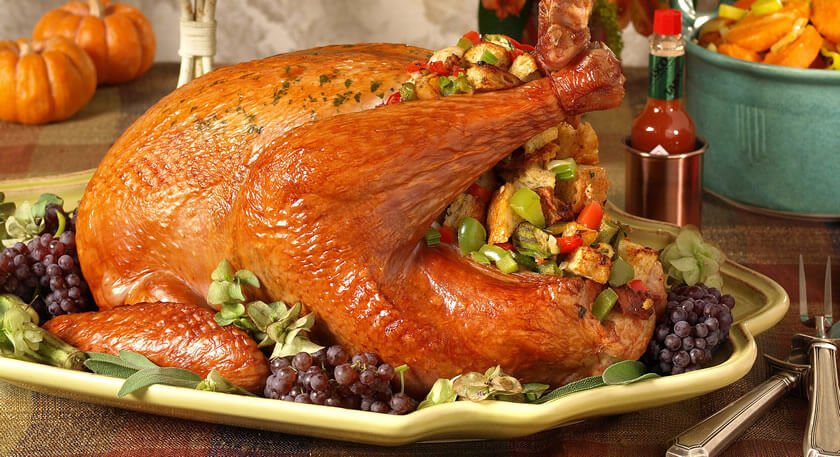
Even in an age when more Americans are exploring vegetarian options, tofu roasts, or skipping the big meal altogether, the roast turkey endures. Why? Because it represents togetherness. Because it reminds us of home even when we’re far from it. Because it’s the one time of year when we slow down, gather around, and share something meaningful, whether it’s with family, friends, neighbors, or chosen kin. The roast turkey is less about the meat and more about the memory. It’s about sneaking crispy skin from the platter when no one’s looking. It’s about second helpings and sleepy smiles. It’s about tradition in a world that’s always changing. So here’s to you, noble turkey: For taking center stage year after year. For enduring brines, bastings, and the pressure of high expectations. For filling our homes with warmth and our bellies with joy. For being not just a dish, but a story a shared thread that stitches together families, generations, and the heart of an American holiday. You are roasted, revered, sometimes overcooked but always remembered.
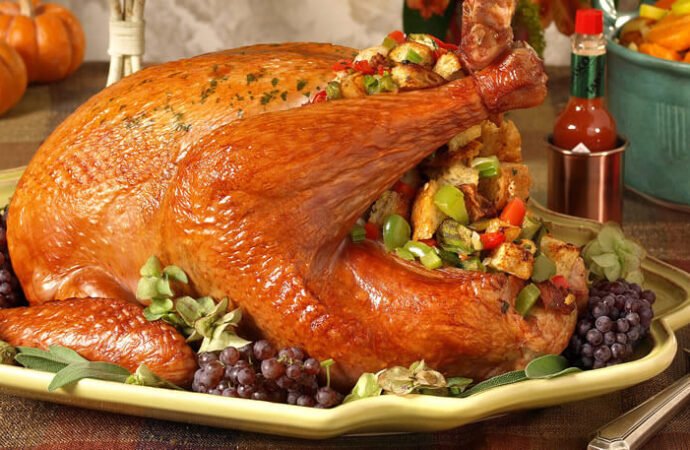

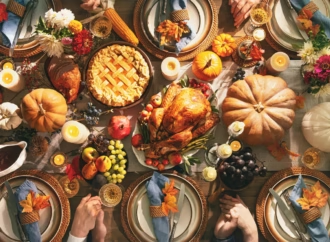
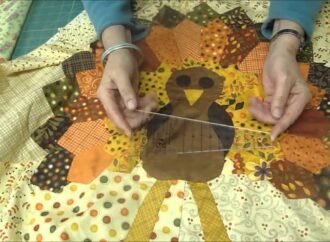
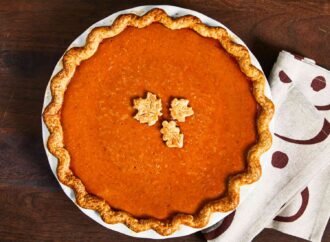
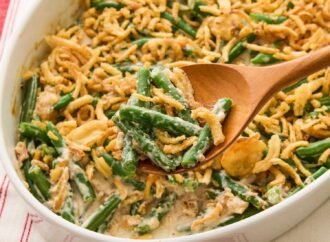

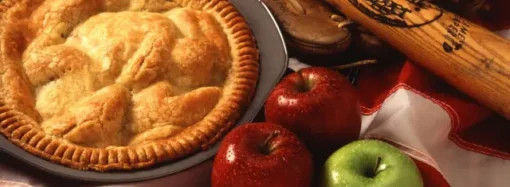

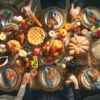
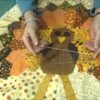






Leave a Comment
Your email address will not be published. Required fields are marked with *